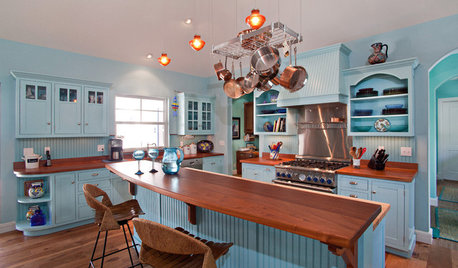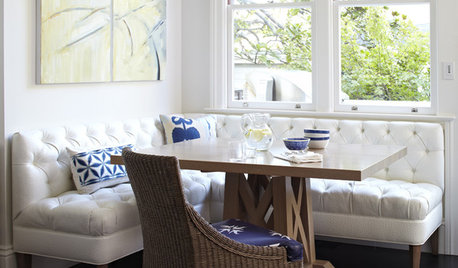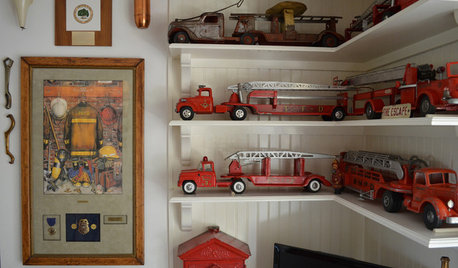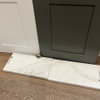Need Ceiling Joist help - Long Span
Pooh Bear
12 years ago
Featured Answer
Comments (17)
Jon_dear
12 years agoPooh Bear
12 years agoRelated Professionals
Saint Peters Kitchen & Bathroom Designers · Bellevue Kitchen & Bathroom Remodelers · Glen Allen Kitchen & Bathroom Remodelers · Lincoln Kitchen & Bathroom Remodelers · Lynn Haven Kitchen & Bathroom Remodelers · Pasadena Kitchen & Bathroom Remodelers · Roselle Kitchen & Bathroom Remodelers · Hawthorne Kitchen & Bathroom Remodelers · Genesee General Contractors · Glenn Dale General Contractors · Newington General Contractors · Oxon Hill General Contractors · Saginaw General Contractors · Solon General Contractors · University Heights General Contractorslive_wire_oak
12 years agoPooh Bear
12 years agoPooh Bear
12 years agorenovator8
12 years agoPooh Bear
12 years agobrickeyee
12 years agobrickeyee
12 years agoUser
12 years agobrickeyee
12 years agoPooh Bear
12 years agoPooh Bear
12 years agobrickeyee
12 years agosombreuil_mongrel
12 years agoPooh Bear
12 years ago
Related Stories

STANDARD MEASUREMENTSThe Right Dimensions for Your Porch
Depth, width, proportion and detailing all contribute to the comfort and functionality of this transitional space
Full Story
BATHROOM WORKBOOKStandard Fixture Dimensions and Measurements for a Primary Bath
Create a luxe bathroom that functions well with these key measurements and layout tips
Full Story
REMODELING GUIDESWisdom to Help Your Relationship Survive a Remodel
Spend less time patching up partnerships and more time spackling and sanding with this insight from a Houzz remodeling survey
Full Story
LIFEDecluttering — How to Get the Help You Need
Don't worry if you can't shed stuff and organize alone; help is at your disposal
Full Story
KITCHEN DESIGNHere's Help for Your Next Appliance Shopping Trip
It may be time to think about your appliances in a new way. These guides can help you set up your kitchen for how you like to cook
Full Story
GREEN DECORATING8 Questions to Help You See Through Green Hype
With the ecofriendly bandwagon picking up some dubious passengers, here's how to tell truly green products and services from the imposters
Full Story
BATHROOM DESIGNKey Measurements to Help You Design a Powder Room
Clearances, codes and coordination are critical in small spaces such as a powder room. Here’s what you should know
Full Story
WORKING WITH PROS3 Reasons You Might Want a Designer's Help
See how a designer can turn your decorating and remodeling visions into reality, and how to collaborate best for a positive experience
Full Story
REMODELING GUIDES8 Tips to Help You Live in Harmony With Your Neighbors
Privacy and space can be hard to find in urban areas, but these ideas can make a difference
Full Story
DECORATING GUIDESHouzz Call: What Home Collections Help You Feel Like a Kid Again?
Whether candy dispensers bring back sweet memories or toys take you back to childhood, we'd like to see your youthful collections
Full StoryMore Discussions









Jon_dear